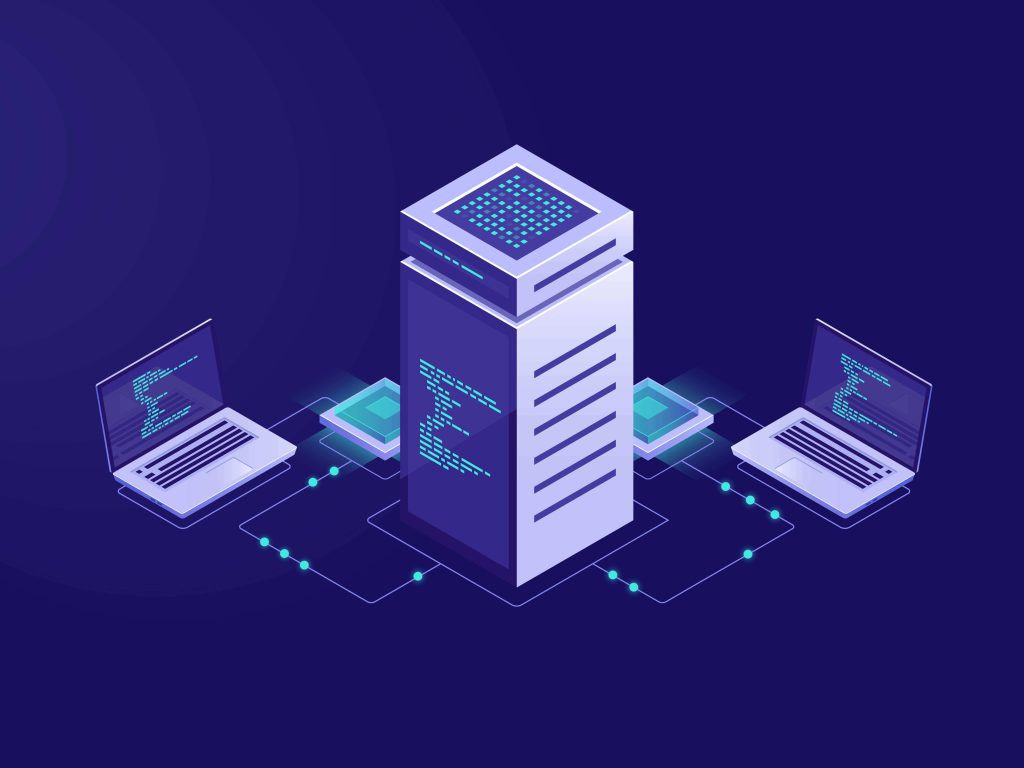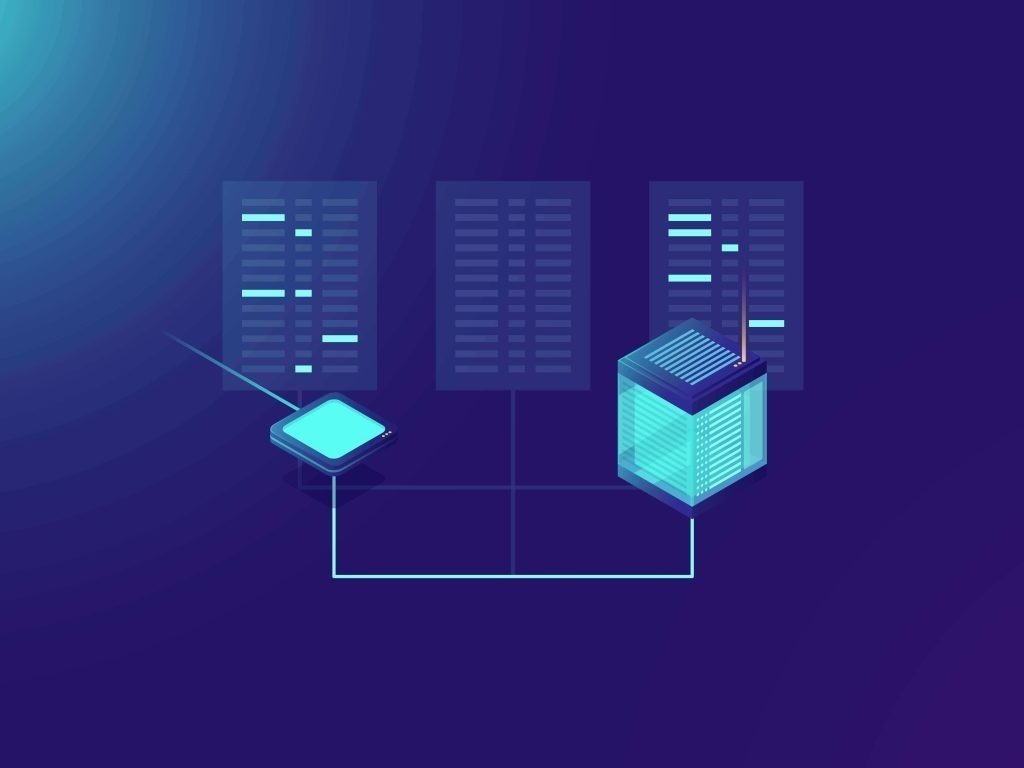
The performance, reliability, and security of your website are heavily influenced by the server infrastructure that supports it. Every website, whether a small blog or a high-traffic eCommerce platform, relies on servers to store data, manage requests, and deliver content to users. If the underlying server setup is outdated, underpowered, or poorly configured, your website can experience slow load times, frequent downtime, or even security vulnerabilities. Investing in a robust and well-maintained server infrastructure ensures your site remains stable, accessible, and capable of handling increasing traffic as your business grows.
Understanding how servers operate and how they are configured allows you to make informed and strategic decisions when choosing a hosting provider. Servers involve multiple components—including processors, memory, storage, network connectivity, and security measures—that all work together to deliver a seamless online experience. By familiarizing yourself with these aspects, you can select a hosting solution tailored to your website’s needs, optimize performance, and ensure reliable uptime. Ultimately, this knowledge empowers you to provide visitors with fast, secure, and uninterrupted access to your website, fostering trust and improving overall user experience.
Building Smart Business Solutions for You
A Real-World Example – Maria’s Hosting Upgrade
Maria’s website initially suffered slow load times and occasional outages due to an underpowered server setup. After migrating to a hosting provider with a modern, high-performance infrastructure, her site’s speed improved significantly, uptime became reliable, and her visitors had a smoother experience. This transition allowed her to handle increased traffic and scale her business efficiently.
Key Components of Server Infrastructure
Hardware Quality – High-performance CPUs, ample RAM, and fast SSD storage improve overall website speed.
Network Connectivity – Reliable internet connections and redundant network paths ensure consistent access and reduce downtime.
Server Location – Hosting servers closer to your target audience improves load times and search engine rankings.
Redundancy & Backup Systems – Redundant power, storage, and network systems prevent disruptions in case of failures.
Security Measures – Firewalls, DDoS protection, malware scanning, and encrypted connections safeguard your website and customer data.


Additional Insight – Future-Proofing Your Hosting
A well-designed server infrastructure is not just about today’s needs—it’s about preparing for the future. Choosing a provider with modern, scalable architecture allows your website to handle traffic spikes, adopt new technologies, and integrate advanced features as your business evolves. This future-proof approach ensures your online presence remains competitive and reliable over time.

- Improved website speed and responsiveness
- Reliable uptime for a consistent online presence
- Reduced risk of technical failures disrupting your operations
- Strong security protects your business and visitors
- Ability to handle traffic growth and spikes
Final Thoughts
Server infrastructure plays a critical role in hosting performance. By understanding its components—hardware, network, location, redundancy, and security—you can choose a hosting solution that provides stability, speed, and protection. Investing in strong infrastructure ensures your website delivers a seamless experience and supports long-term business growth.
